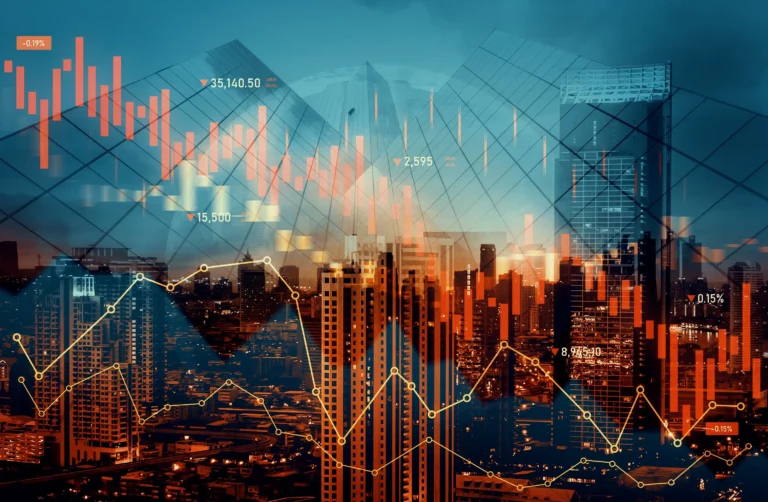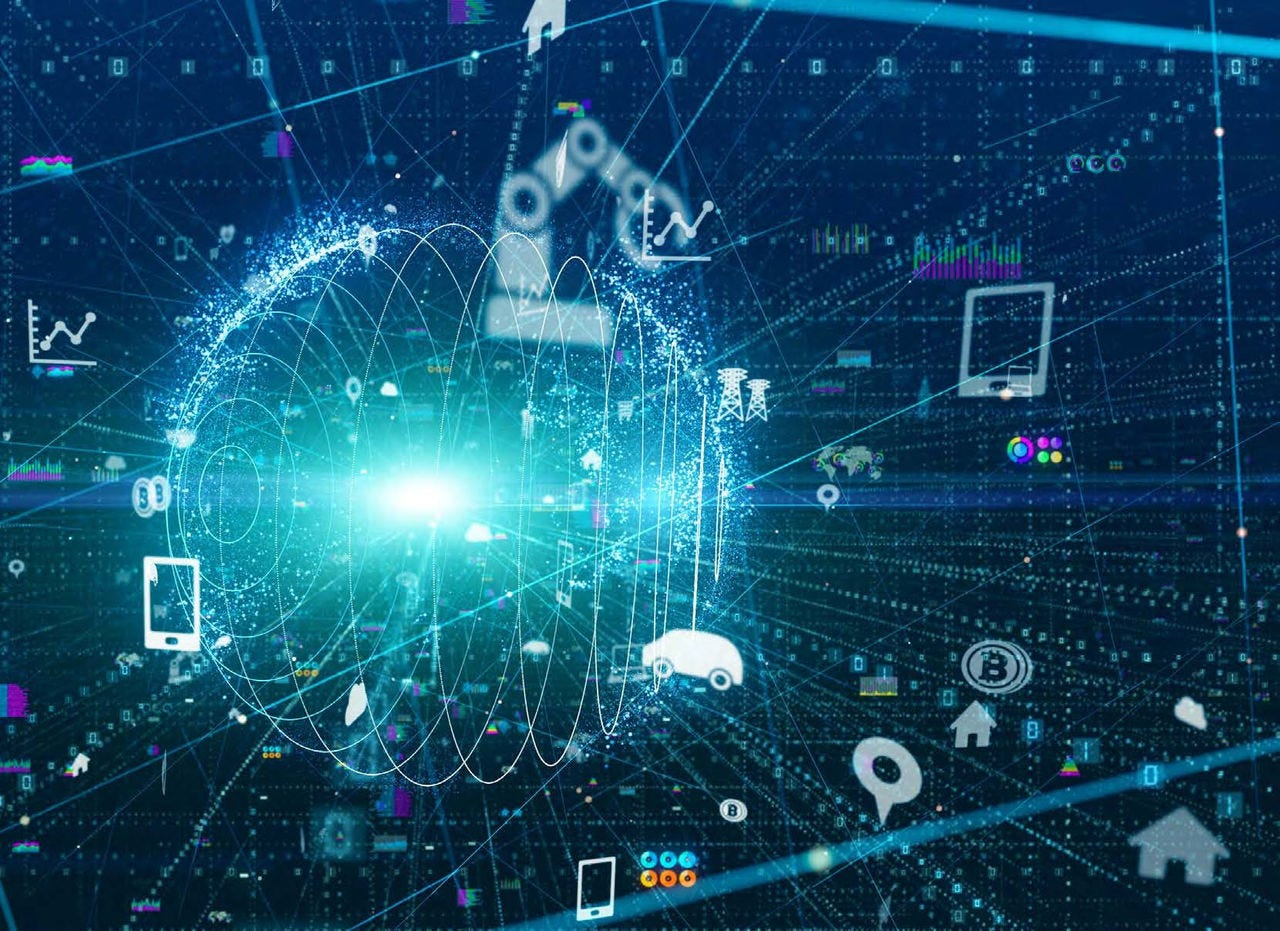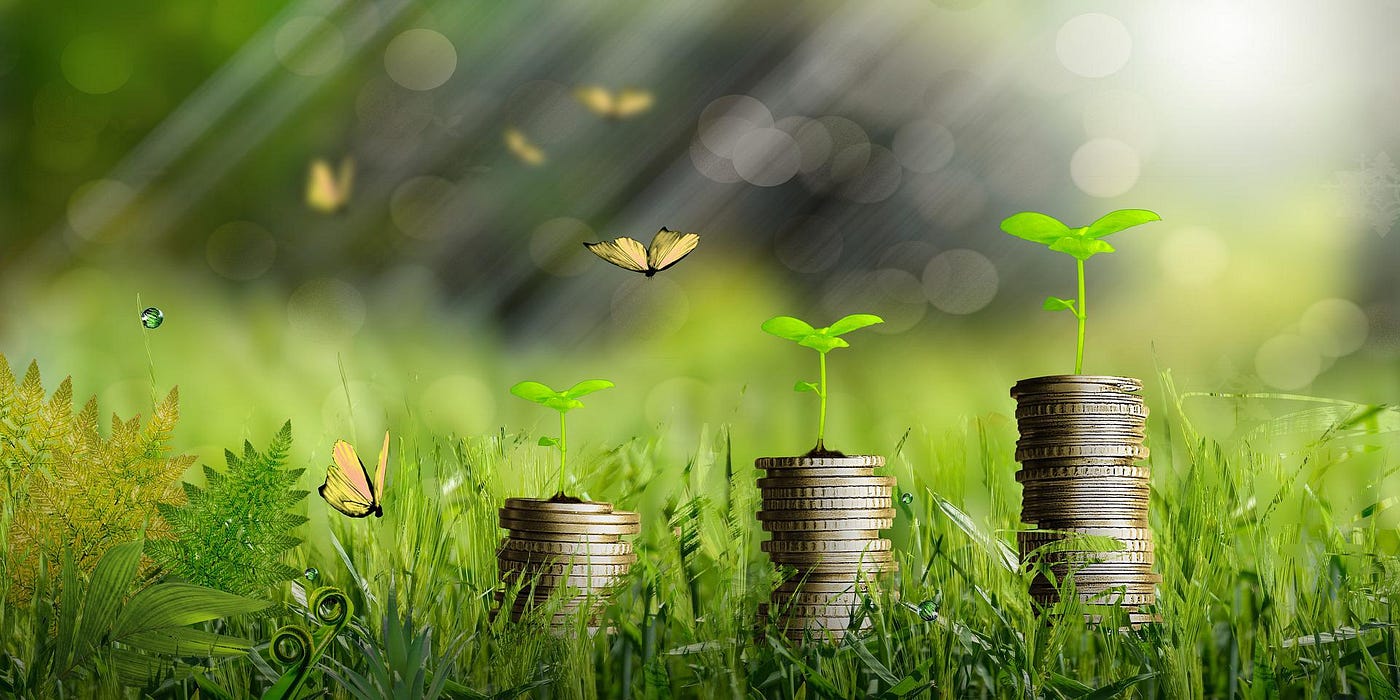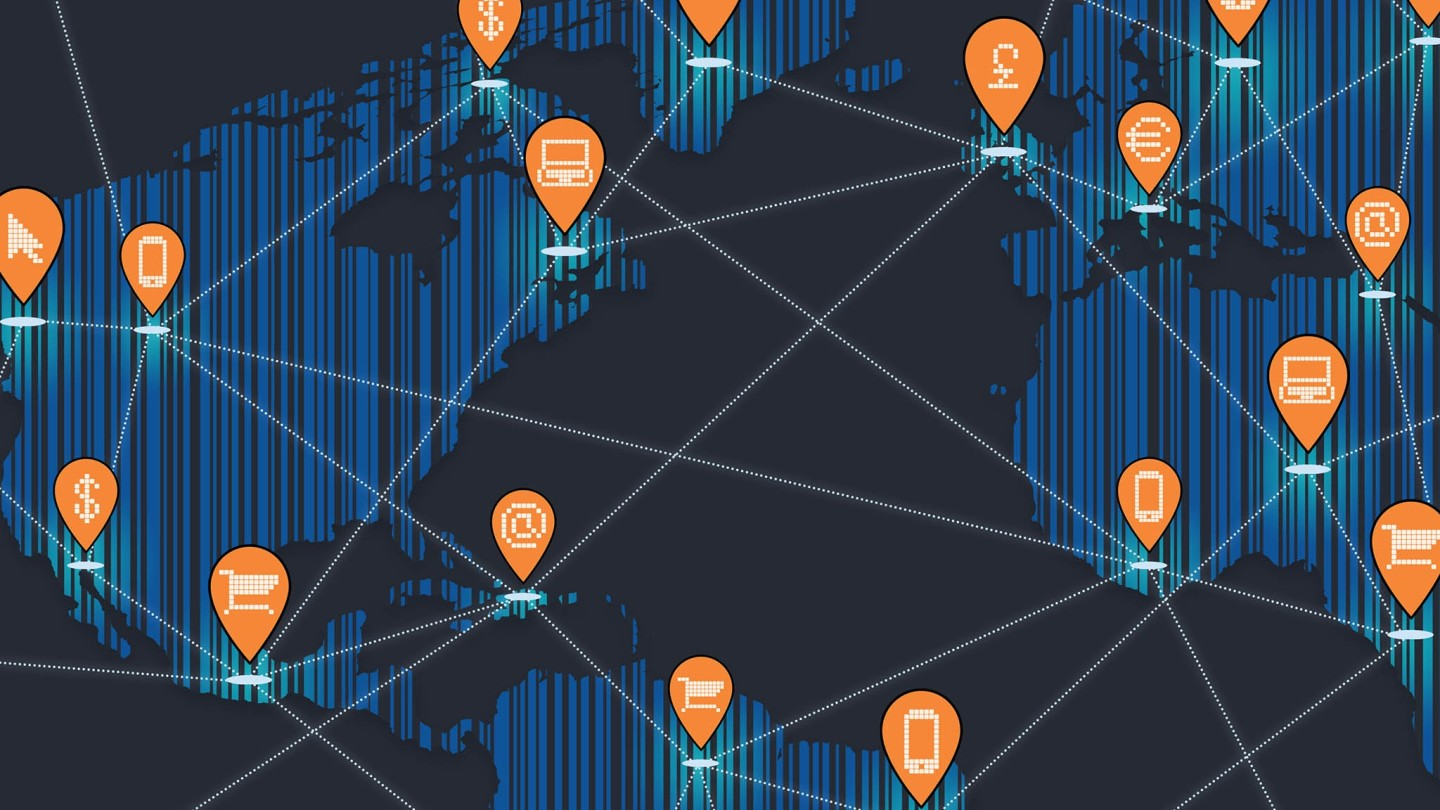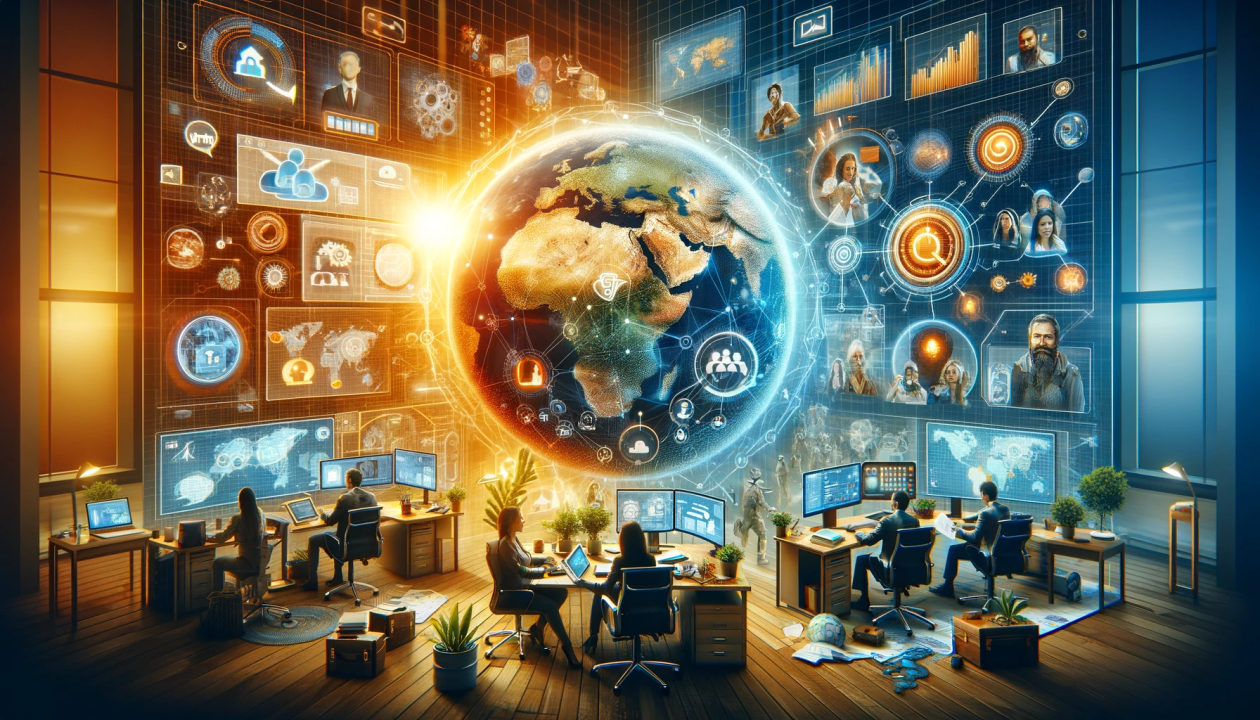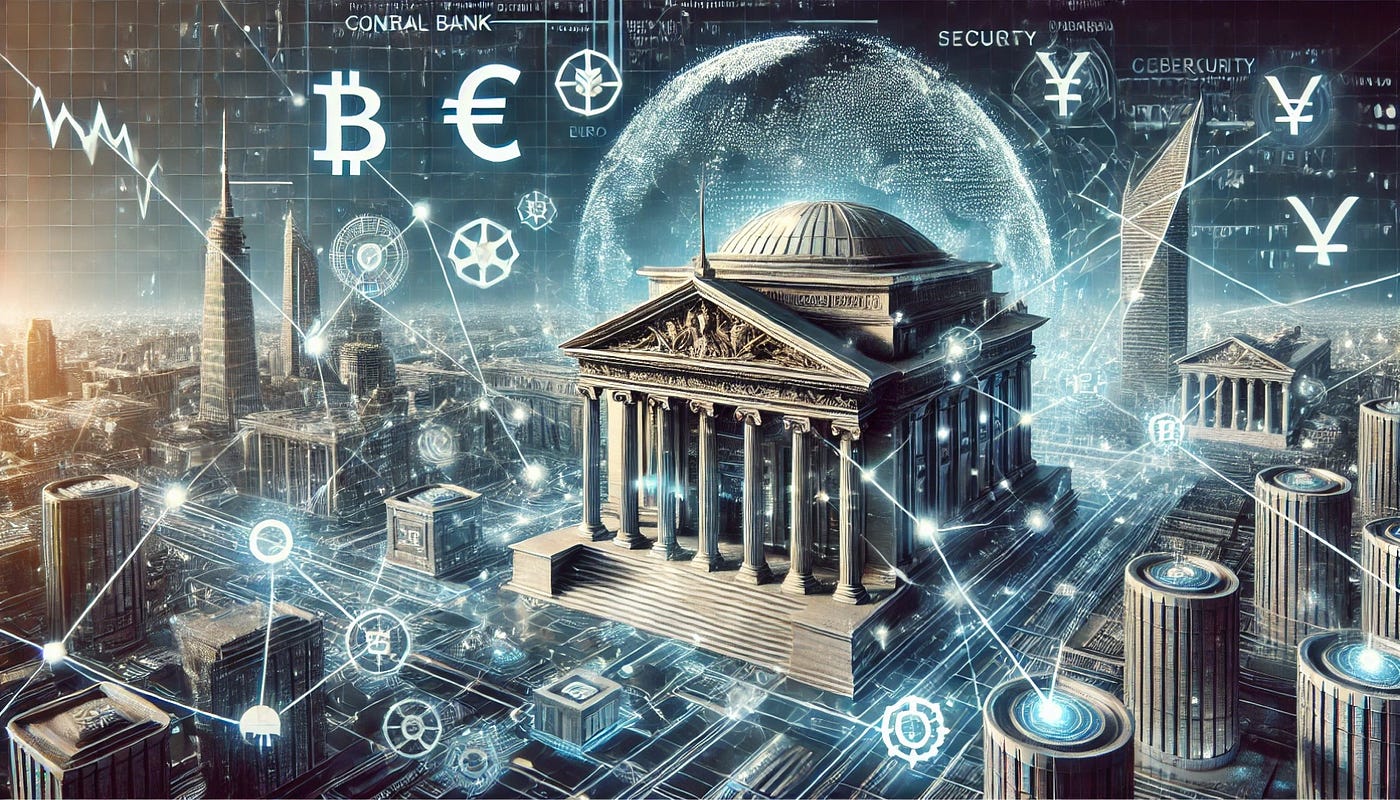Green Economy: Transforming Economic Growth for a Sustainable Future
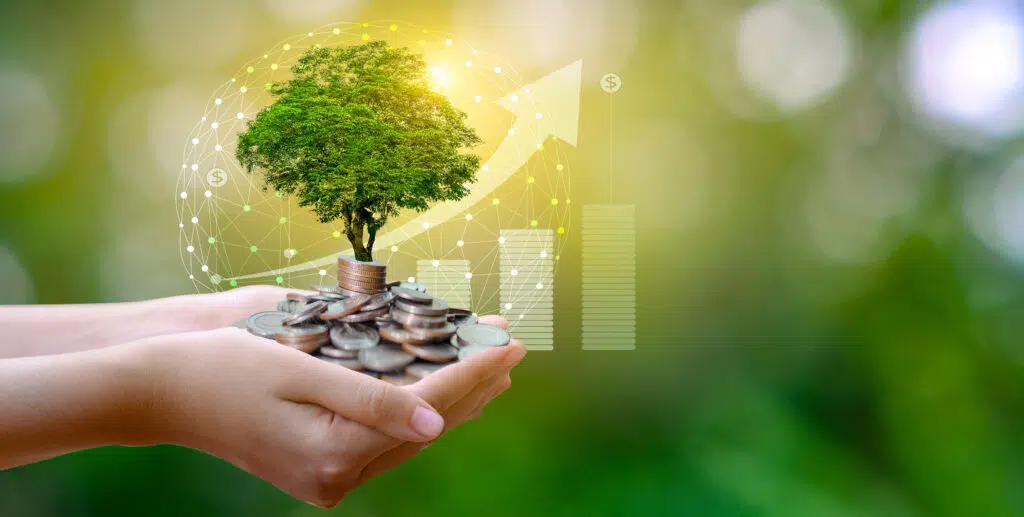
As the effects of climate change intensify, countries and businesses are increasingly pivoting toward a “green economy” model that prioritizes sustainability and low environmental impact. The green economy is more than a shift in policies—it’s a structural transformation of industries, trade, finance, and consumption practices toward environmentally-friendly practices. This new economic framework presents both challenges and opportunities, pushing nations to balance economic growth with environmental responsibility. Here, we’ll explore what defines a green economy, how it can drive economic growth while protecting the environment, and the opportunities and challenges it presents on a global scale.
What is a Green Economy?
A green economy is an economic framework that aims to reduce environmental risks and ecological scarcities while improving human well-being and social equity. Its focus includes renewable energy, sustainable agriculture, efficient waste management, and circular economy practices, all underpinned by policies that incentivize eco-friendly choices in production, consumption, and investment.
According to the United Nations Environment Programme (UNEP), a green economy is “low-carbon, resource-efficient, and socially inclusive.” Unlike the traditional economy, which largely prioritizes GDP growth, a green economy emphasizes environmental health and sustainable, long-term growth that benefits society as a whole.
Key Drivers of the Green Economy
The green economy has gained traction in recent years, driven by factors such as climate change, international environmental policies, consumer preferences, and technological advances.
1. Climate Change and Environmental Degradation
Climate change is the most pressing driver of the green economy. Rising global temperatures, melting polar ice caps, and more frequent extreme weather events have underscored the need for immediate action. Environmental degradation—such as deforestation, soil erosion, and loss of biodiversity—has also highlighted the unsustainable nature of traditional growth models. The green economy aims to address these issues by reducing greenhouse gas emissions, conserving natural resources, and restoring ecosystems.
2. Policy and International Agreements
International agreements like the Paris Agreement, which seeks to limit global warming to below 2 degrees Celsius, and the UN Sustainable Development Goals (SDGs), particularly Goal 13 (Climate Action), have set global benchmarks for environmental progress. Many countries have since adopted national policies that promote renewable energy, carbon reduction, and sustainable land management. These policies are intended to encourage businesses to align with eco-friendly practices and to penalize unsustainable ones.
3. Consumer Demand for Sustainability
The consumer market is increasingly favoring sustainable products and services. Studies show that consumers, especially younger generations, prefer companies that demonstrate environmental responsibility. As a result, industries are shifting to meet this demand, offering products with recycled materials, eco-friendly packaging, and supply chains that prioritize sustainability. This shift in consumer behavior encourages businesses to innovate and reduce their carbon footprints.
4. Technological Advancements
Advancements in technology are crucial in driving the green economy. Innovations in renewable energy, such as solar, wind, and hydrogen power, have made clean energy more accessible and cost-effective. Additionally, green technologies such as electric vehicles (EVs), smart grids, and energy-efficient buildings are helping industries reduce their environmental impact. In agriculture, precision farming and vertical farming are reducing resource usage while increasing yields. Technology thus plays a vital role in making green economy practices viable and scalable.
Key Sectors within the Green Economy
Several sectors are essential to the green economy, each contributing to reducing emissions, conserving resources, and fostering sustainable growth.
1. Renewable Energy
Renewable energy is a cornerstone of the green economy. Solar, wind, hydropower, and geothermal energy sources provide clean alternatives to fossil fuels, which are the primary source of greenhouse gas emissions. Investments in renewable energy are rising globally, with many countries setting ambitious targets to transition to 100% renewable energy in the coming decades. The sector also creates jobs, from manufacturing solar panels to maintaining wind farms, contributing to economic growth in a sustainable manner.
2. Sustainable Agriculture and Food Systems
Agriculture is one of the largest contributors to global greenhouse gas emissions, particularly through practices like deforestation and livestock farming. Sustainable agriculture focuses on practices such as organic farming, crop rotation, agroforestry, and reducing the use of chemical fertilizers and pesticides. These methods not only reduce environmental impact but also improve soil health and biodiversity. Additionally, food systems are evolving to promote plant-based diets and reduce food waste, which can have a significant impact on reducing resource consumption and emissions.
3. Sustainable Transportation
The transportation sector is a major source of carbon emissions, and transforming it is essential for a green economy. Electric vehicles (EVs), public transportation systems, and infrastructure for biking and walking are all part of a sustainable transportation model. Governments around the world are implementing policies to encourage EV adoption, build charging infrastructure, and reduce reliance on internal combustion engines. Sustainable transportation not only reduces emissions but also improves urban air quality and public health.
4. Circular Economy and Waste Management
The circular economy is an approach that focuses on minimizing waste and making the most of resources. Unlike the traditional linear economy, which follows a “take-make-dispose” model, the circular economy emphasizes recycling, reusing, and remanufacturing. In the green economy, industries design products with longer lifespans, reduce packaging waste, and create closed-loop systems where resources are continually reused. This not only conserves raw materials but also reduces pollution from landfills and incineration.
Economic Benefits of a Green Economy
Transitioning to a green economy presents numerous economic benefits, including job creation, reduced healthcare costs, and long-term growth potential.
1. Job Creation
The green economy is a significant source of job creation. Sectors such as renewable energy, sustainable construction, and environmental management require skilled labor and technical expertise. The International Renewable Energy Agency (IRENA) estimates that the renewable energy sector alone could create over 42 million jobs globally by 2050. These green jobs are not limited to engineering and technology; they include roles in research, maintenance, and community outreach, providing diverse employment opportunities.
2. Cost Savings and Efficiency
Green economy practices often lead to cost savings by improving energy efficiency, reducing waste, and lowering resource consumption. For example, buildings designed with energy-efficient lighting, insulation, and heating systems reduce utility bills. In the transportation sector, fuel-efficient vehicles save on fuel costs over time. These savings can be reinvested in other areas, promoting economic growth while reducing environmental impact.
3. Health and Well-being
Reducing pollution and improving air quality through green economy practices have significant public health benefits. According to the World Health Organization (WHO), air pollution is linked to millions of deaths worldwide each year. By reducing emissions from industries, transportation, and agriculture, green policies can reduce the incidence of respiratory and cardiovascular diseases, lowering healthcare costs and improving quality of life.
4. Resilience and Long-term Growth
A green economy promotes resilience to economic shocks by reducing dependency on finite resources like oil and coal. Diversifying energy sources and investing in sustainable agriculture can create a stable economy that is less susceptible to price volatility and supply chain disruptions. Furthermore, addressing environmental degradation and climate change can prevent costly damages to infrastructure, communities, and ecosystems, supporting long-term economic stability.
Challenges and Barriers to a Green Economy
Despite its benefits, the transition to a green economy faces significant obstacles, including financial, technological, and social challenges.
1. High Initial Investment Costs
Transitioning to a green economy often requires substantial upfront investments in technology, infrastructure, and training. For instance, installing solar panels, building electric vehicle charging stations, and upgrading manufacturing processes can be costly. Many businesses and governments, especially in developing countries, struggle to secure the necessary funding for these investments. Financial incentives, subsidies, and international aid can play a crucial role in addressing this barrier.
2. Technological and Infrastructure Challenges
Some green economy technologies, such as large-scale battery storage and hydrogen fuel cells, are still in the developmental stages and may not be cost-effective or widely available. Moreover, many countries lack the infrastructure to support a green economy, such as electric grids that can handle renewable energy inputs or public transportation systems. Governments and private sectors must collaborate to develop the necessary infrastructure and make green technology more accessible.
3. Regulatory and Policy Hurdles
Transitioning to a green economy requires a supportive regulatory environment that encourages sustainable practices and discourages pollution. However, implementing these policies can be politically challenging, as they may face resistance from industries that rely on traditional, polluting practices. Policymakers must balance economic growth with environmental protection, finding ways to incentivize green practices without imposing undue burdens on businesses and consumers.
4. Public Awareness and Cultural Change
Adopting a green economy also requires a shift in consumer behavior and cultural values. People must be willing to adopt sustainable lifestyles, support green products, and prioritize long-term environmental health over short-term convenience. This shift often requires public awareness campaigns, education, and community engagement to foster a culture of sustainability.
The Path Forward: Building a Sustainable Future
The transition to a green economy represents an opportunity for nations to build sustainable and resilient economies that can thrive in a rapidly changing world. This transition requires coordinated efforts from governments, businesses, and individuals alike. Investments in green technology, sustainable infrastructure, and public education are essential to make the green economy a reality. Moreover, international cooperation is crucial, as climate change and environmental degradation are global challenges that require collective action.
In the coming decades, the green economy will likely become a standard economic model rather than an alternative one. By embracing sustainability, countries can drive economic growth, create jobs, and improve public health while safeguarding the planet for future generations.
